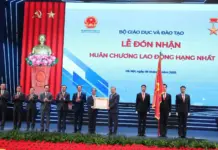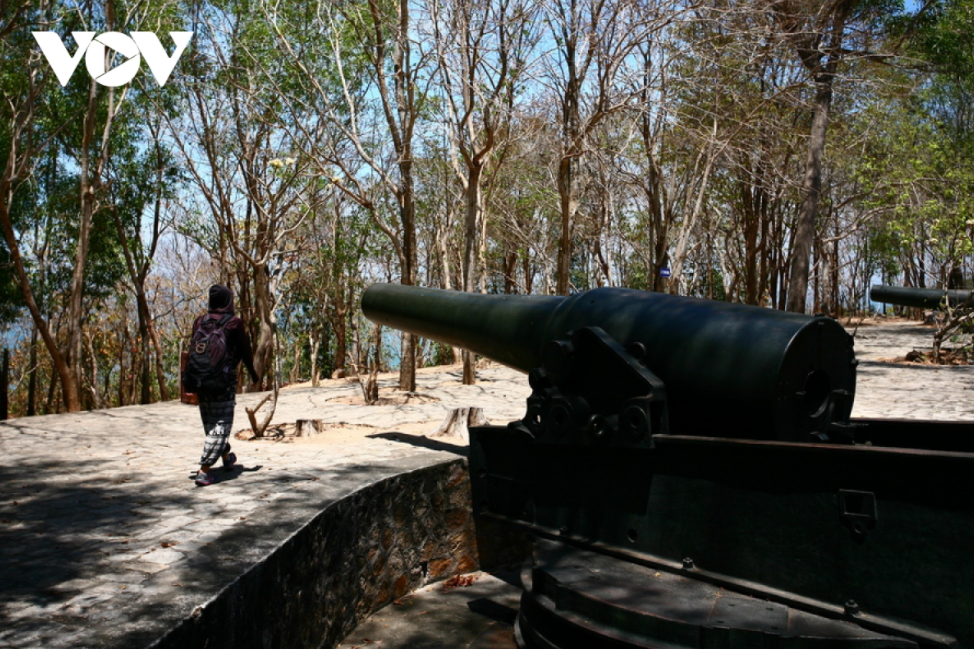 |
| Nui Lon – Vung Tau artillery battlefield is considered the largest ancient artillery battle in Indochina, an imprint on the history of prisoners under colonial French colonialists. The site has been recognized as a National Historic Site. (Photo: VOV) |
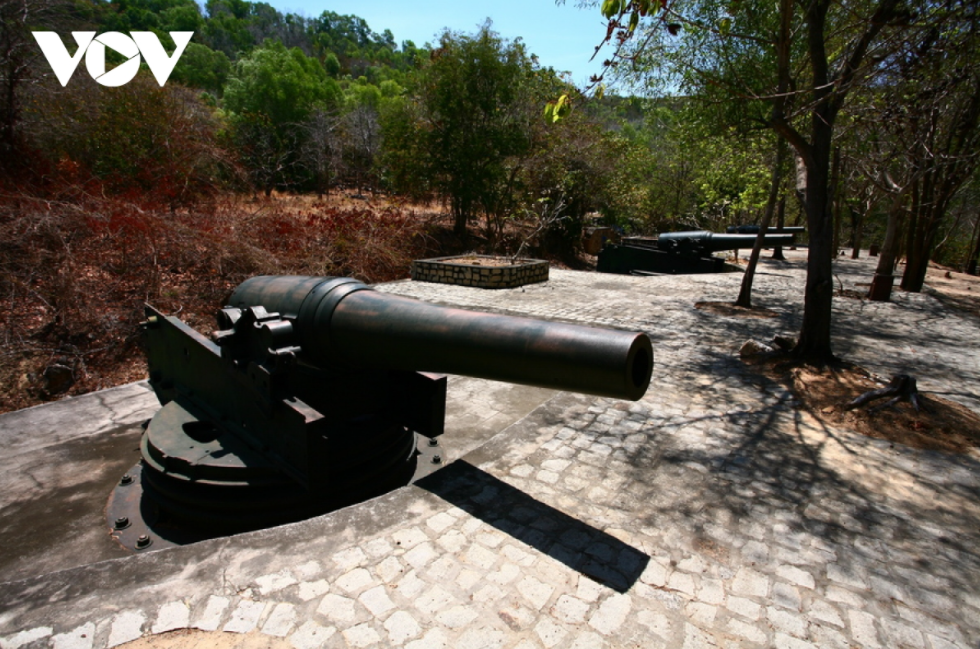 |
| This military work was built in the late 19th century and completed in 1905, located atop Nui Lon, 100m above sea level. The construction, transport, and erection were done entirely by manual methods. (Photo: VOV) |
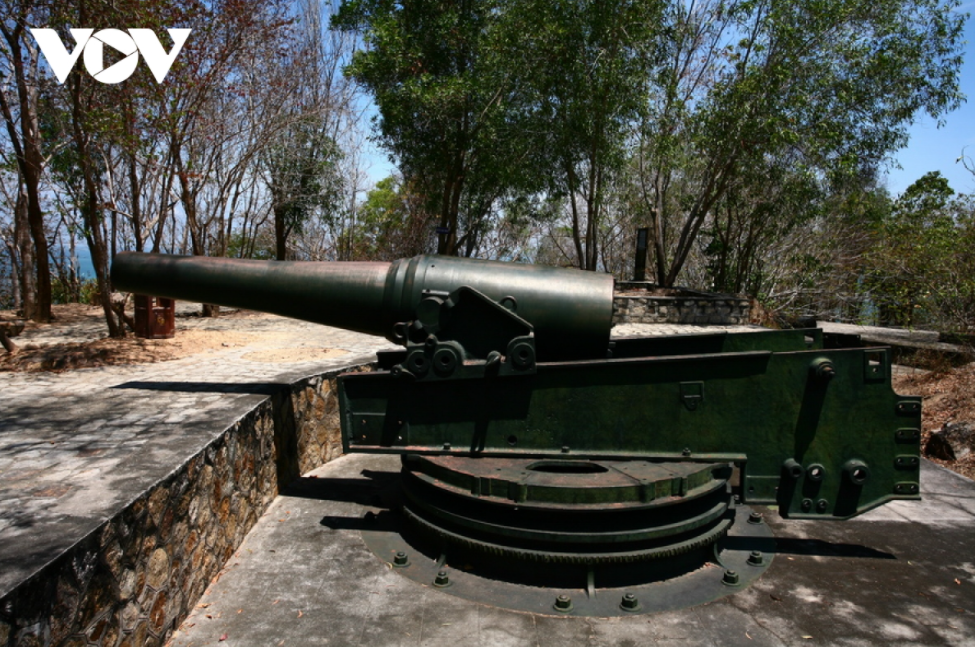 |
| The cannons were made of steel. Each had three parts: the barrel, the bracket, and the rotating wheel. The gun barrel is longer than 4m, the bracket allows to raise or lower the range, the rotating wheel allows the gun to rotate on the concrete base. (Photo: VOV) |
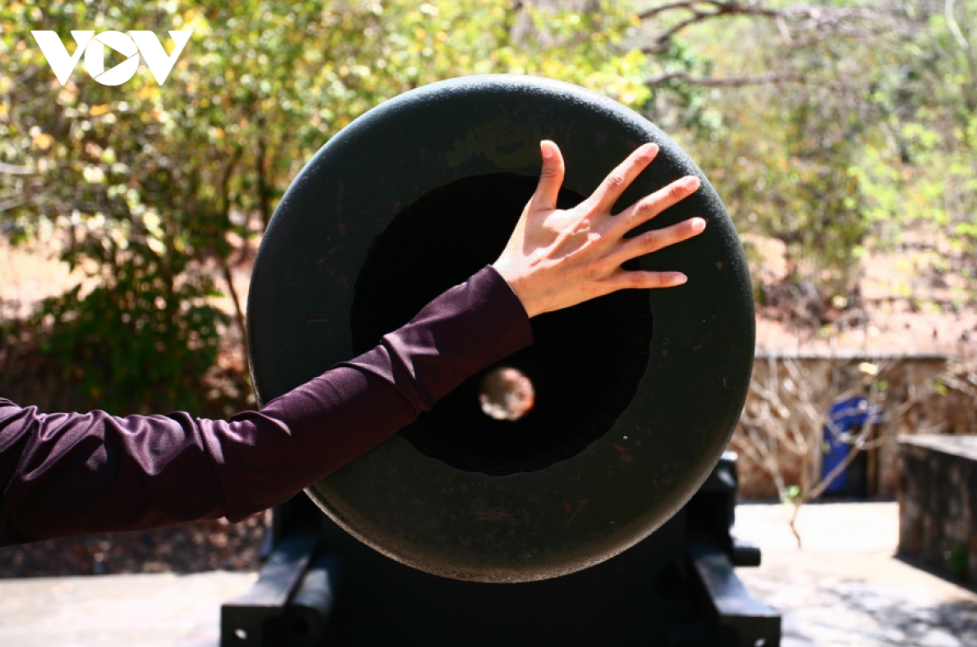 |
| This site placed 06 cannons, arranged in an arc towards the East Sea. The cannons were placed on the pylons built sound down from the common ground. The inside diameter of these guns was 240mm. (Photo: VOV) |
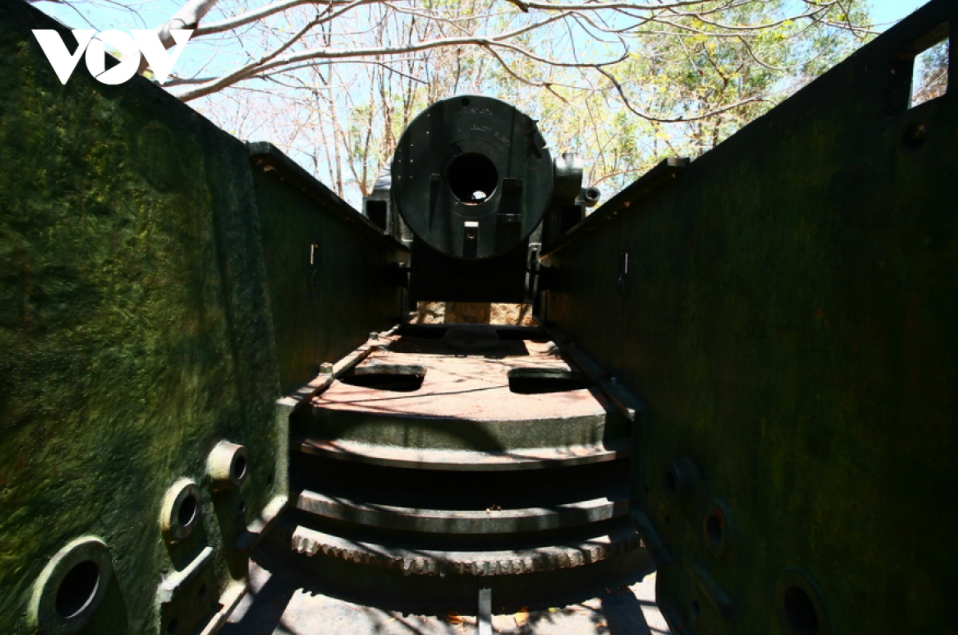 |
| Behind the gun barrel, from which the gunners fired. (Photo: VOV) |
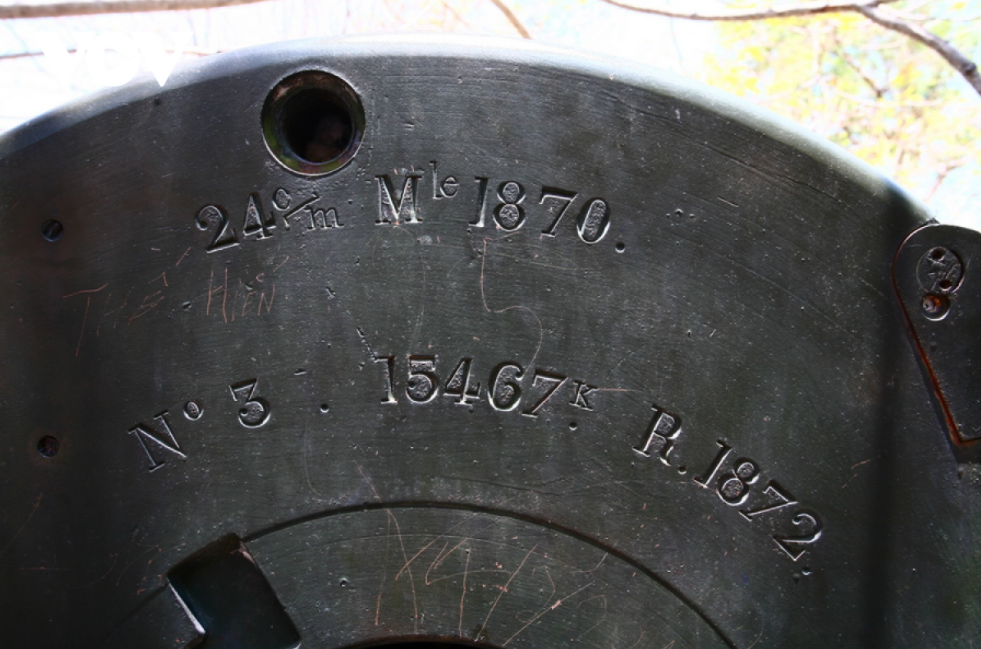 |
| Production information about model and weight are written on the barrel of the cannon. Accordingly, these 6 cannons were produced from 1872 – 1876, weighing from 15,390kg – 15,764kg. (Photo: VOV) |
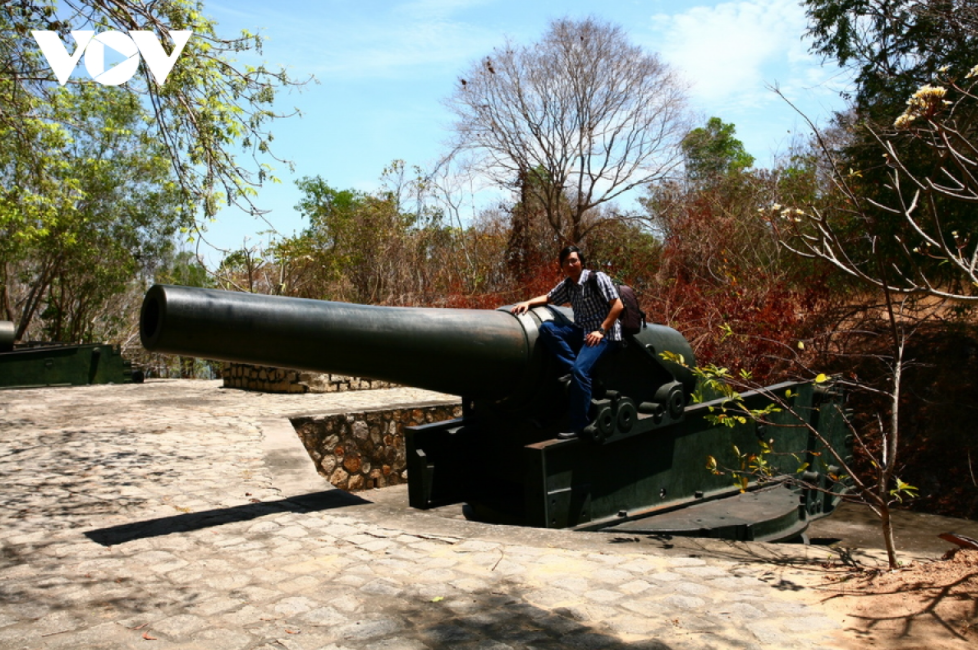 |
| Correlated images showed that the cannons were very large. (Photo: VOV) |
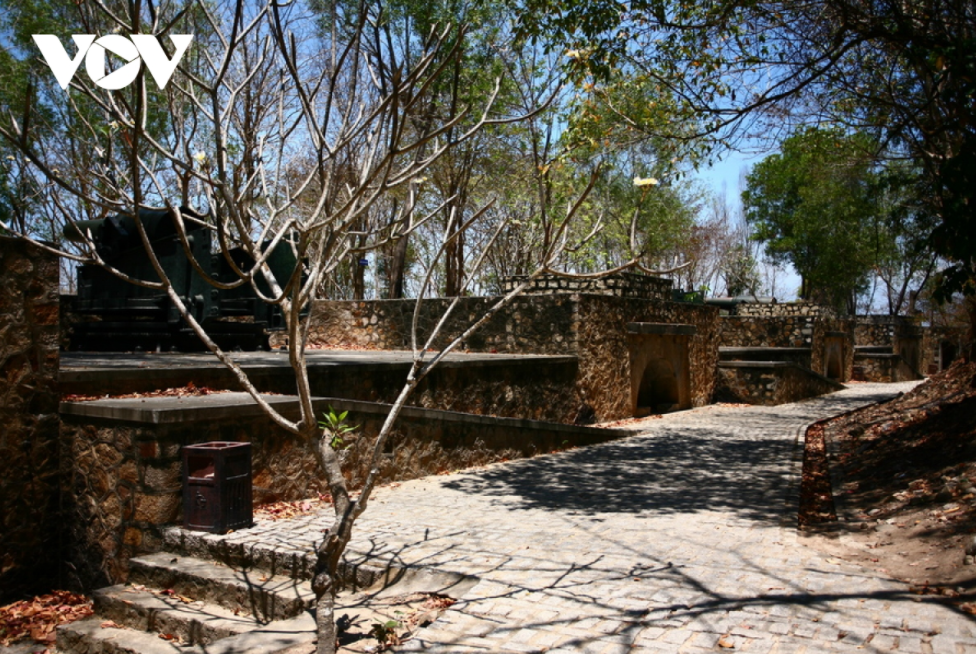 |
| Behind each gun base lies the ammunition cellar and the gunner tunnel, linked together by a trench transport system made by concrete and monolithic. (Photo: VOV) |
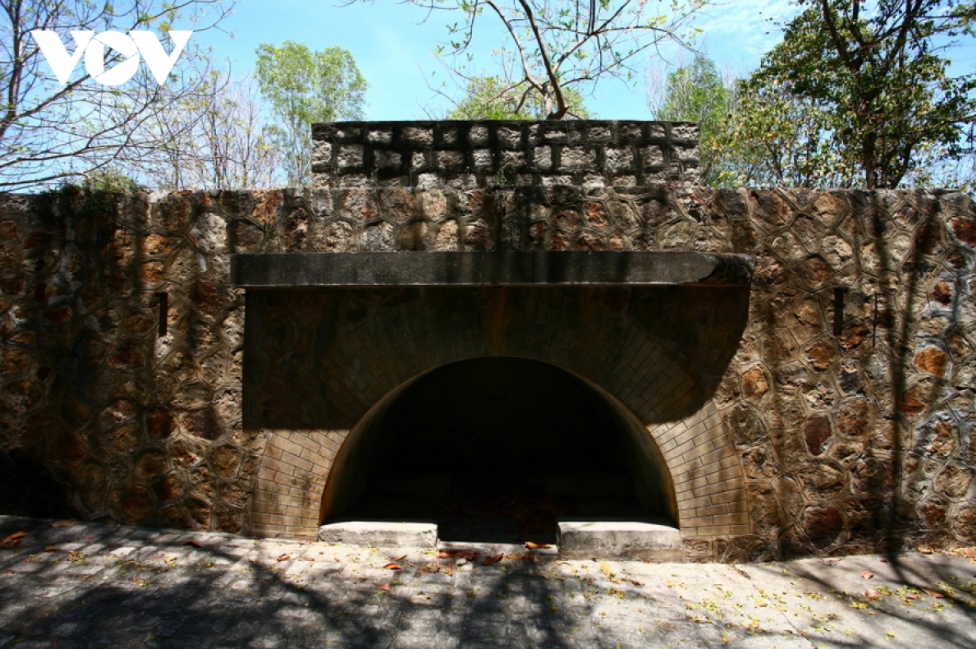 |
| Close-up image of an ammunition cellar. (Photo: VOV) |
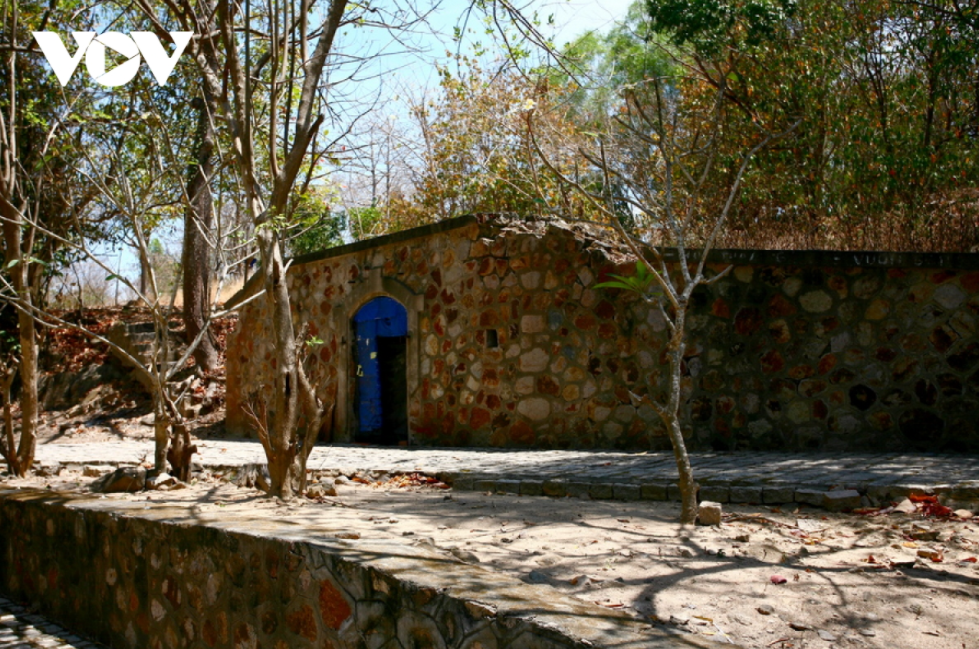 |
| Behind the artillery staging lies an artillery command cellar, which was built in the shape of a bunker floating on the ground. (Photo: VOV) |
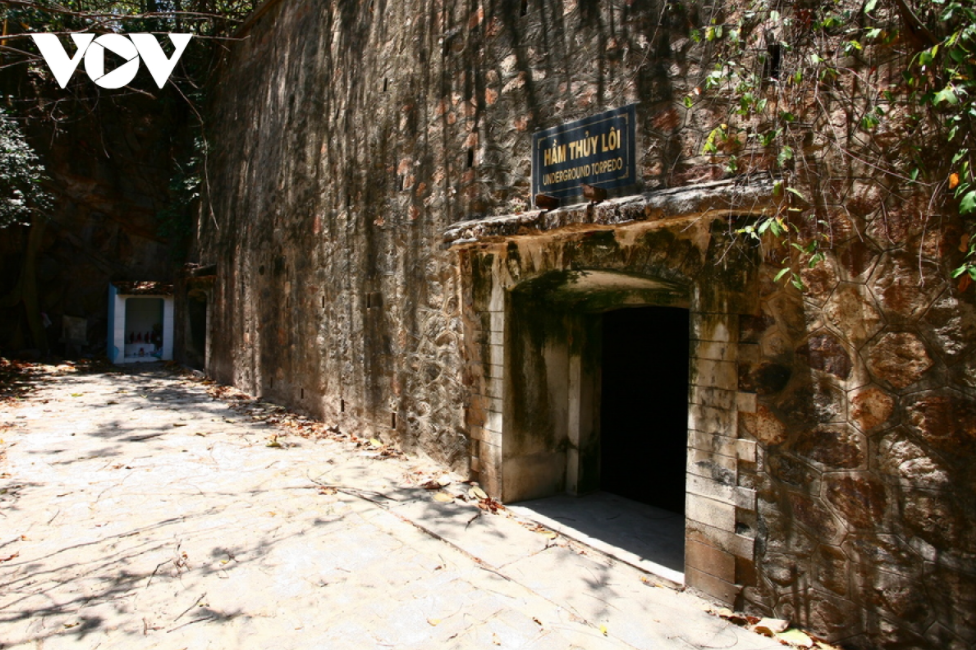 |
| About 200m from the battlefield to the west is an artillery shell, also known as a mine shaft. These are two tunnels that are dug into the mountain bed. In 1944 the Japanese army used this tunnel to store mines to block Ganh Rai Bay and Vung Tau estuary. (Photo: VOV) |
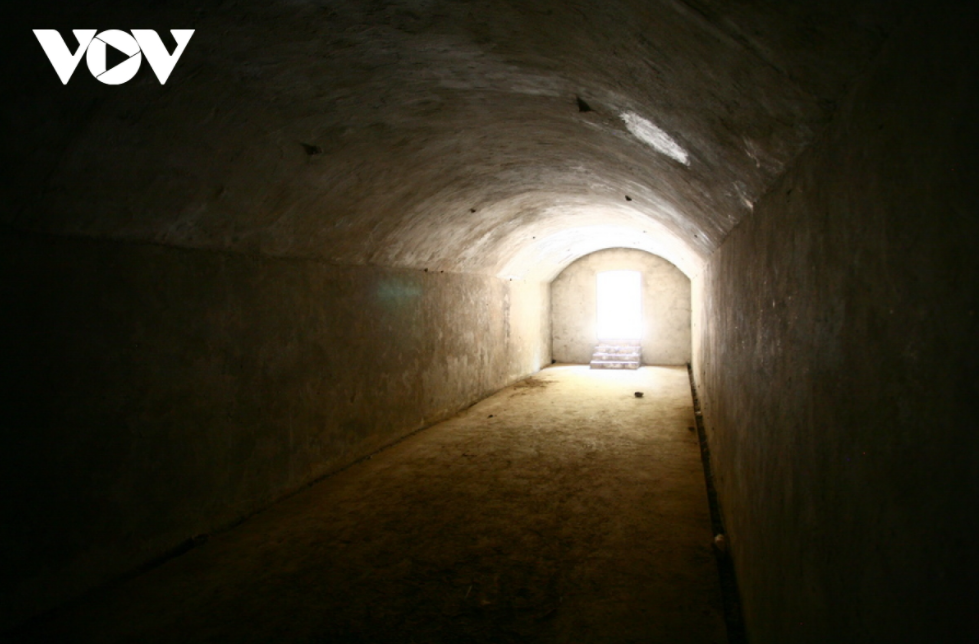 |
| During the anti-French period (1945 – 1954), Vung Tau army and people secretly took dozens of mines to fight back the enemy. (Photo: VOV) |

